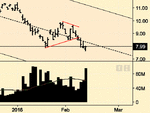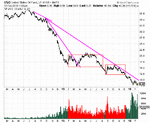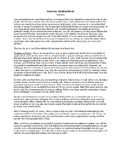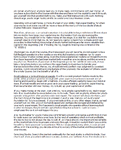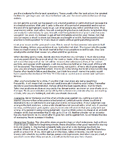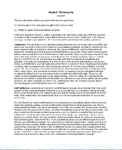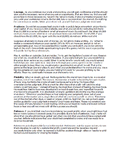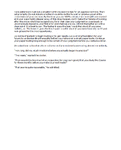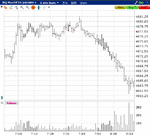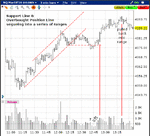Wyckoff's course is 500p long. The core of it -- less than half that -- has been provided here, the essence of what needs to know and understand in order to trade price effectively, including all the various approaches which stem from Wyckoff.
But there are different levels of "essential". One must first understand the law of supply and demand (post #2). One must also understand how to judge the course of price by applying this law (post #4). If he believes he does understand this, he can then see how this is applied to trading by carefully studying Wyckoff's point by point analysis of this application to the market (post #5) and to an individual stock (post #39). If one then adds to this the information provided by volume (post #11) and trend lines (post #36), he is then ready to begin observing price movement in real time and using what he believes he has learned by taking pertinent notes -- that is, pertinent applications of what he has read -- on what he observes. If his notes are not demonstrably connected to what he has read, then he has not sufficiently absorbed what he has read and should begin again, charts in hand.
For example, here is a portion of events from last week. Note that the hinge that preceded what is illustrated here is lightly included, as is the supply line tracing the downmove. There are multiple trading opportunities here, but we begin with the 10th since we have to start somewhere, and this is as good a place as any. Note first that price breaks the stride and forms a support line. The overbought position line is then plotted in parallel. Price then reaches overbought status on the 9th and retreats into the range. It then pokes above this line again in the early hours of the 10th, at which time we can begin looking for shifts in the demand-supply balance (it is the nature of the auction market that the balance will shift to supply when demand is overextended).
This shift begins at 0830 NYT. Once price falls and rallies, a supply line can be drawn. Having been plotted, an oversold line can be plotted in parallel (these are not labelled; the takeaway here is how to draw the supply line and then, afterward, the parallel line). If one then shifts his attention to volume as the general session opens, he sees that the volume on the last lower low is lighter. suggesting that the supply/demand balance is shifting toward demand (which is to be expected given the proximity to the oversold position line).



